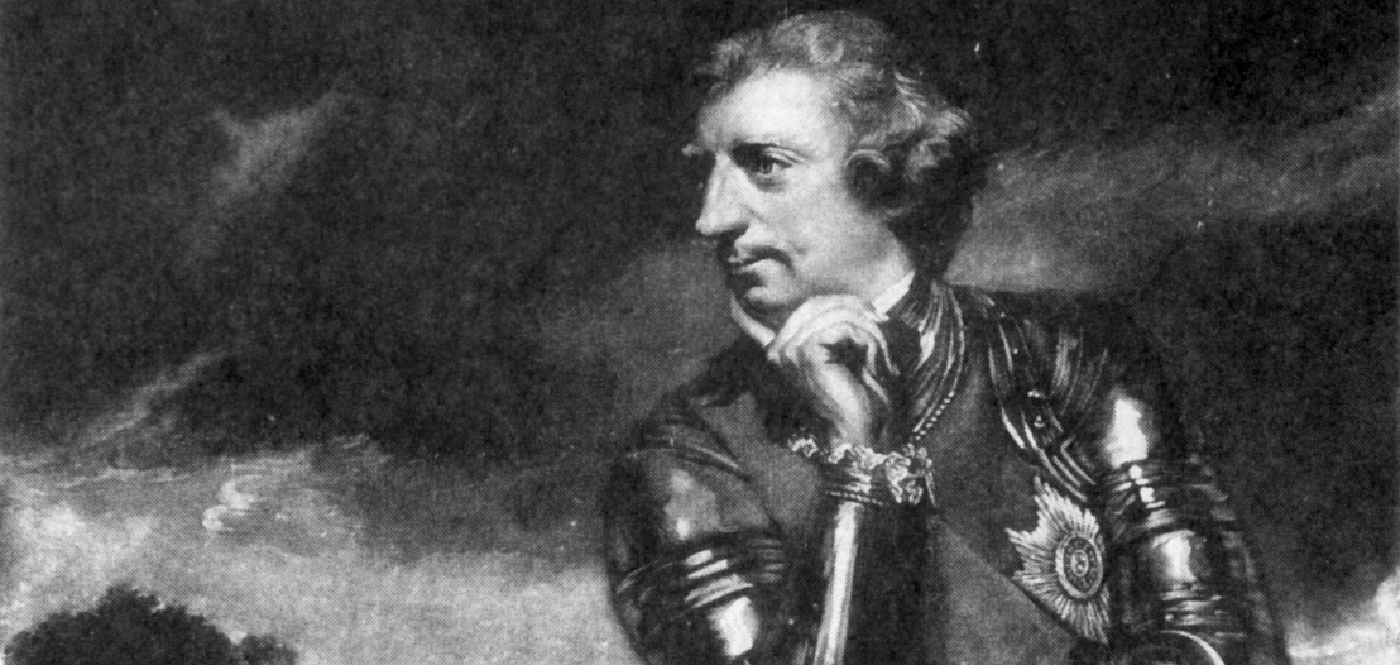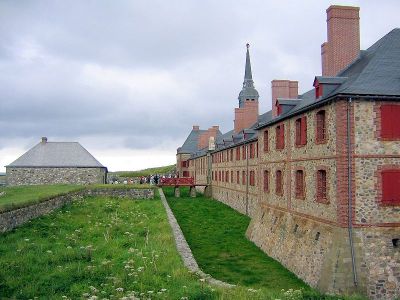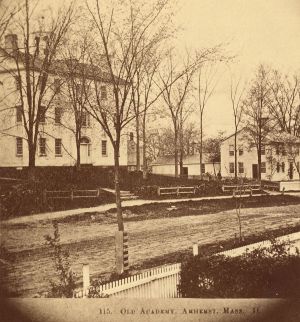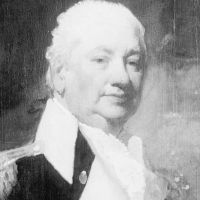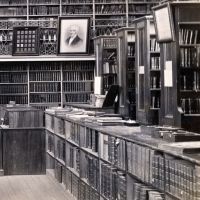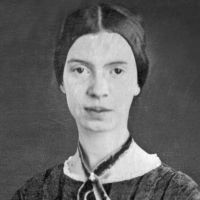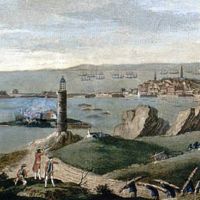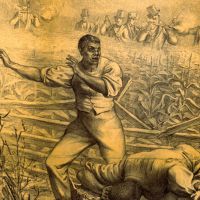With the defeat of Pontiac's Rebelion, the king bestowed titles and promotions on Amherst. "Lord Jeff" became Governor of Virginia and then in 1778 Commander in Chief of the British Army. The American colonists found their own ways to honor the military hero. Several New England towns took his name, most notably Amherst, Massachusetts. When people living in the eastern half of the overcrowded Connecticut Valley town of Hadley formed themselves into a new district in 1759, they called it Amherst, in recognition of Lord Jeff. The district was incorporated as a town in 1775.
The village was a center for education early in its history. In 1814 Amherst Academy, a three-story brick preparatory school, opened. It enrolled around 200 boys and girls a year from Amherst and surrounding towns, including, in the 1840s, the future poet Emily Dickinson, whose father was one of Amherst's leading citizens.
In November of 1817, the Academy's trustees formed a committee to consider founding a college where young men with little or no money could study for the Christian ministry. What began as the Amherst Collegiate Institution in 1821 would become Amherst College only four years later. The first 25 graduates would receive degrees in 1825. For the next 150 years, all students at the elite college would be male. The first women were not admitted until 1975. For many years "Lord Jeff" served as an unofficial mascot for the college; however, in 2016 the trustees of Amherst College announced that Lord Jeffrey would no longer serve as its symbol, unofficial or otherwise.
Amherst has become a center of higher education in western Massachusetts. In 1863, the legislature chartered the Massachusetts Agricultural School, now the flagship campus of the University of Massachusetts. In 1972 a new college was founded within the town borders — Hampshire College. Amherst's three colleges are part of a five-college consortium that also includes Smith College in Northampton and Mt. Holyoke College in South Hadley. Students at the five colleges enjoy the benefits of cross-registration and library access.


